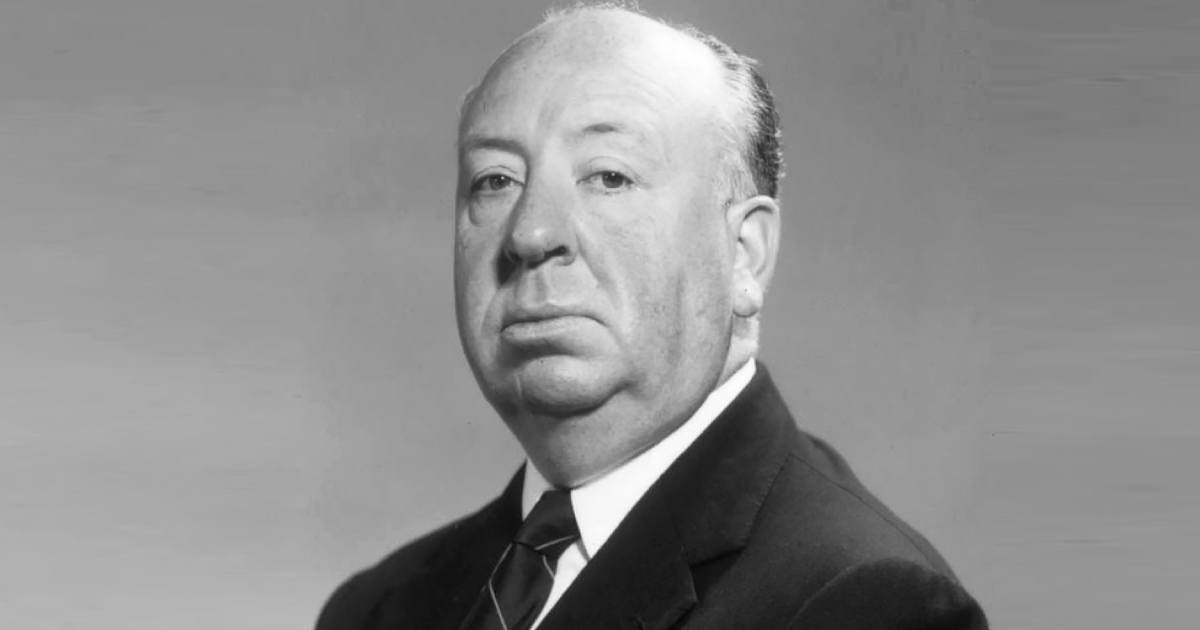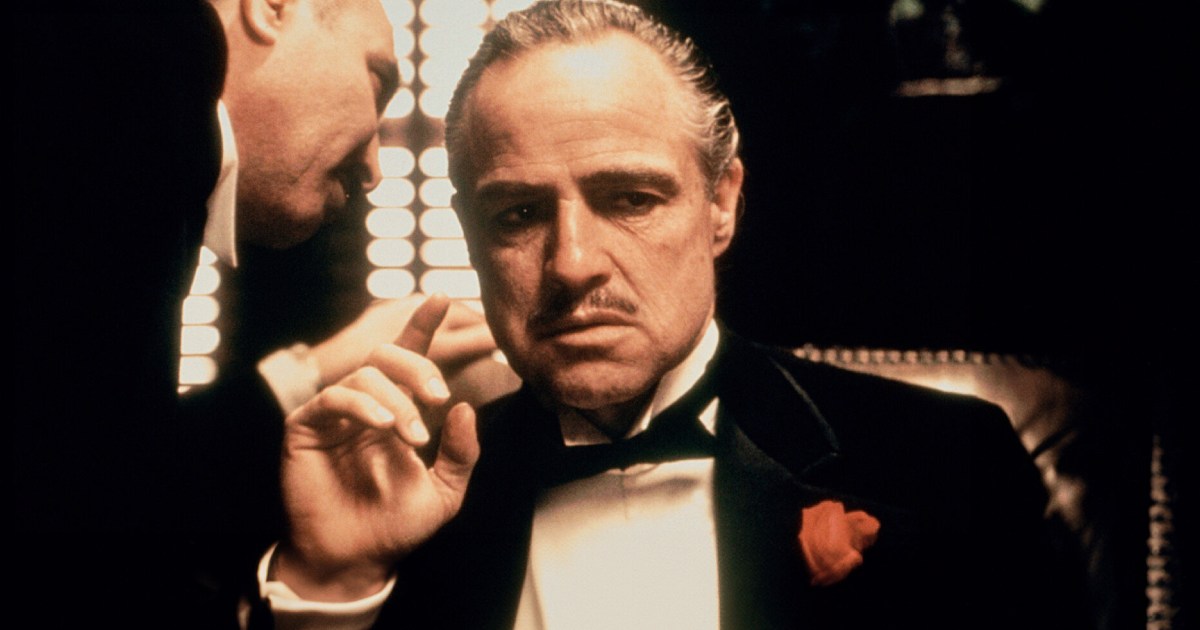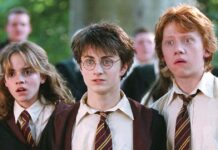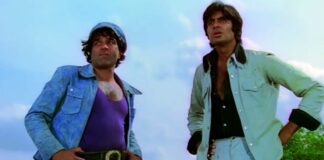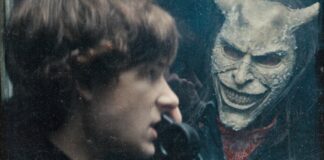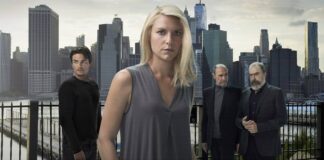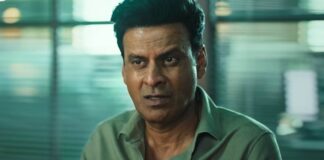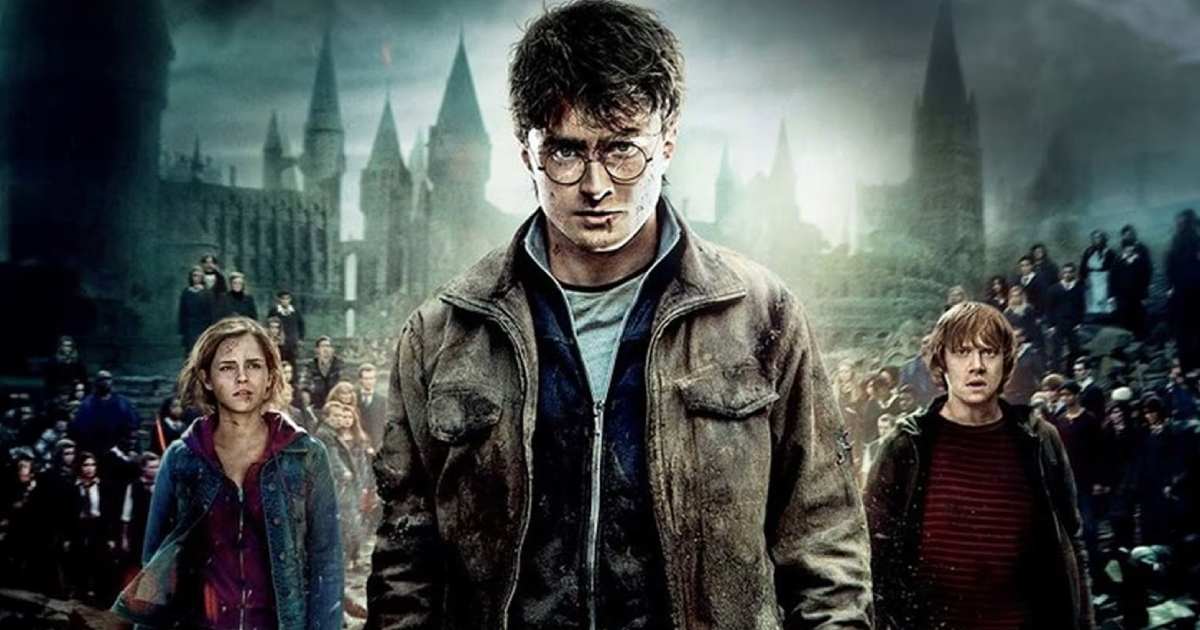
The Wizarding World franchise has conjured billions at the global box office, mesmerizing audiences with its spellbinding tales and immersive visual effects. Warner Bros. has invested heavily in turning J.K. Rowling‘s universe into cinematic gold from the humble corridors of Hogwarts in Harry Potter and the Philosopher’s Stone to the sprawling magical battles in Fantastic Beasts. Naturally, fans assume that the later, CGI-heavy films, like The Deathly Hallows duology or the more recent Fantastic Beasts entries, must have carried the heftiest price tags. After all, digital magic, epic duels, and globe-trotting narratives don’t come cheap.
But the reality is more surprising. While the franchise’s climactic films certainly cost a fortune, neither The Deathly Hallows nor Fantastic Beasts stands atop the budget leaderboard. Instead, the middle chapter quietly became the costliest production of the entire Wizarding World saga. Its budget exceeded expectations not because of dragons or dark lords, but due to a combination of logistical complexity, evolving filmmaking technology, and behind-the-scenes transitions.
The Half-Blood Prince’s Unlikely Budget Bump to $250 Million
When discussing cinematic scale, Harry Potter and the Half-Blood Prince doesn’t immediately stand out. The sixth installment in the franchise was often noted for its darker tone and emotional depth rather than explosive action. But surprisingly, it is The Half-Blood Prince that wears the crown as the most expensive Wizarding World film, with a production budget exceeding $250 million, surpassing even the finale-laden Deathly Hallows and the CGI-heavy Fantastic Beasts prequels.
Trending
Why did this relatively subdued chapter become the most expensive? The reasons are multifaceted. First, the production occurred during the 2007-08 writers’ strike, which delayed numerous projects and caused a ripple effect across the industry, as per the BBC. Warner Bros. extended the film’s production schedule, leading to inflated costs in both set design and crew retention. Second, Half-Blood Prince was the first film in the series to fully embrace IMAX and advanced visual technology, leading to high post-production expenses.
Additionally, a significant portion of the budget went toward reshoots and restructured scenes. Early test screenings reportedly led to changes in major sequences, particularly the infamous burning of the Burrow, which wasn’t in the book but was added for cinematic tension. These changes required not just shooting new material, but also enhancing existing footage with complex digital effects.
Let’s not forget the rising star power of the cast. By the sixth movie, Daniel Radcliffe, Emma Watson, and Rupert Grint were no longer wide-eyed newcomers. Their contracts had evolved to reflect their global appeal, further pushing up the production’s bottom line. So, while it may not feature the most wand-waving or world-hopping, Harry Potter and the Half-Blood Prince quietly racked up a historic bill. For comparison, the two Deathly Hallows movies combined cost almost as much as Half Blood Prince alone.
Advertisement
For more such stories, check out Hollywood News
Must Read: Christopher Nolan’s Most Expensive Movie Isn’t Oppenheimer—Guess Which One Blew the Budget?
Follow Us: Facebook | Instagram | Twitter | YouTube | Google News



 Follow Us
Follow Us